‘Woman in blue and purple’ Martina Shapiro.

Expressionist and Abstract portrait of a women, coloured with purple, violet, blue, turquoise, green and many intense colours. The figure has an intense and direct look towards the viewer with an interesting, almost blank expression on her face. While looking at the model Shapiro wants the viewer to find an aspect of them. By using rich, deep, bright and bold contrasts of fauve colours She believes that her art and all art is like “doorway to your soul”. She creates her pieces using multiple layers of acrylic paints. The colours within her paintings are rich and vibrant and there are loud aspects of many different colours that photos, themselves, cannot fully capture. The choice of colour depends upon the intensity of the light that illuminates the painting. Throughout the day different parts hues and tones of the painting are emphasised, depending on how the light hits the image.
I feel that Shapiro’s work questions what have we have developed our minds, to see things in one-way, “the right way”. We have a distinct idea of how the human face should be/ look and where the colours and shades are placed. Research has found that we find figures and shapes more physically appealing when they are symmetrical. By using unusual shapes/ colours within her paintings, Shapiro distorts figures to make them feel and seem more abstract, something, which may make the viewer feel uncomfortable to look at.
http://www.martinashapiro.com/about-martina-shapiro-artist.html
https://0901.nccdn.net/4_2/000/000/046/6ea/womaninblueandpurple.jpg

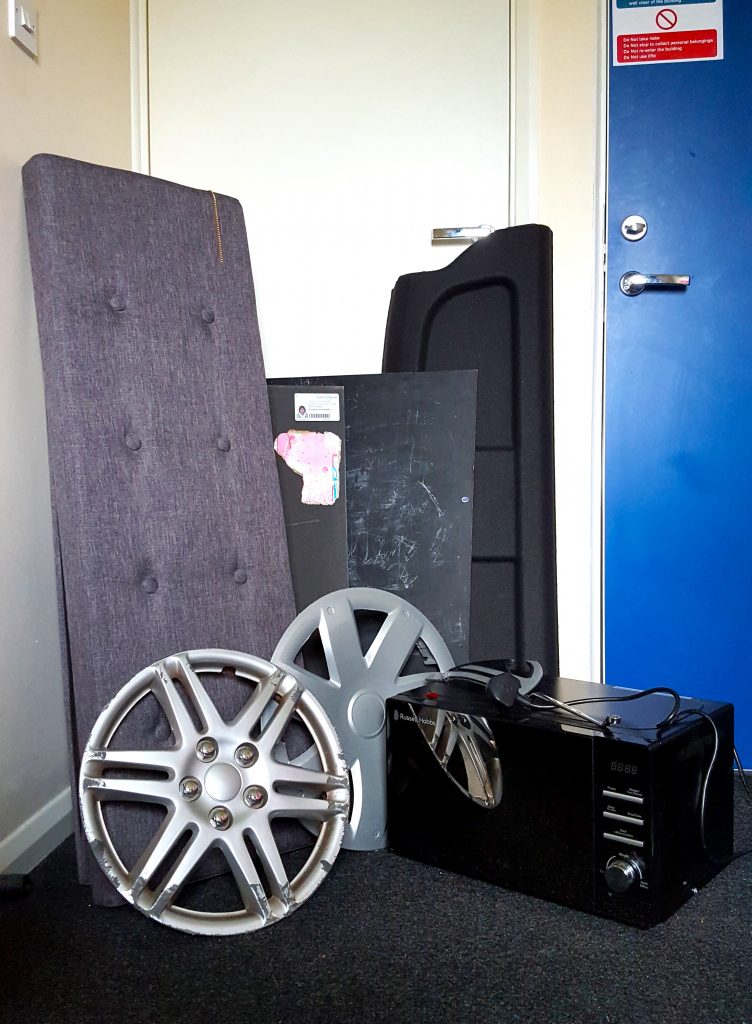
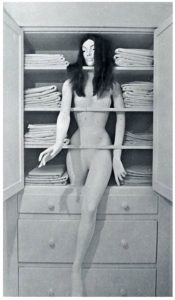
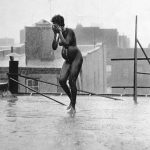


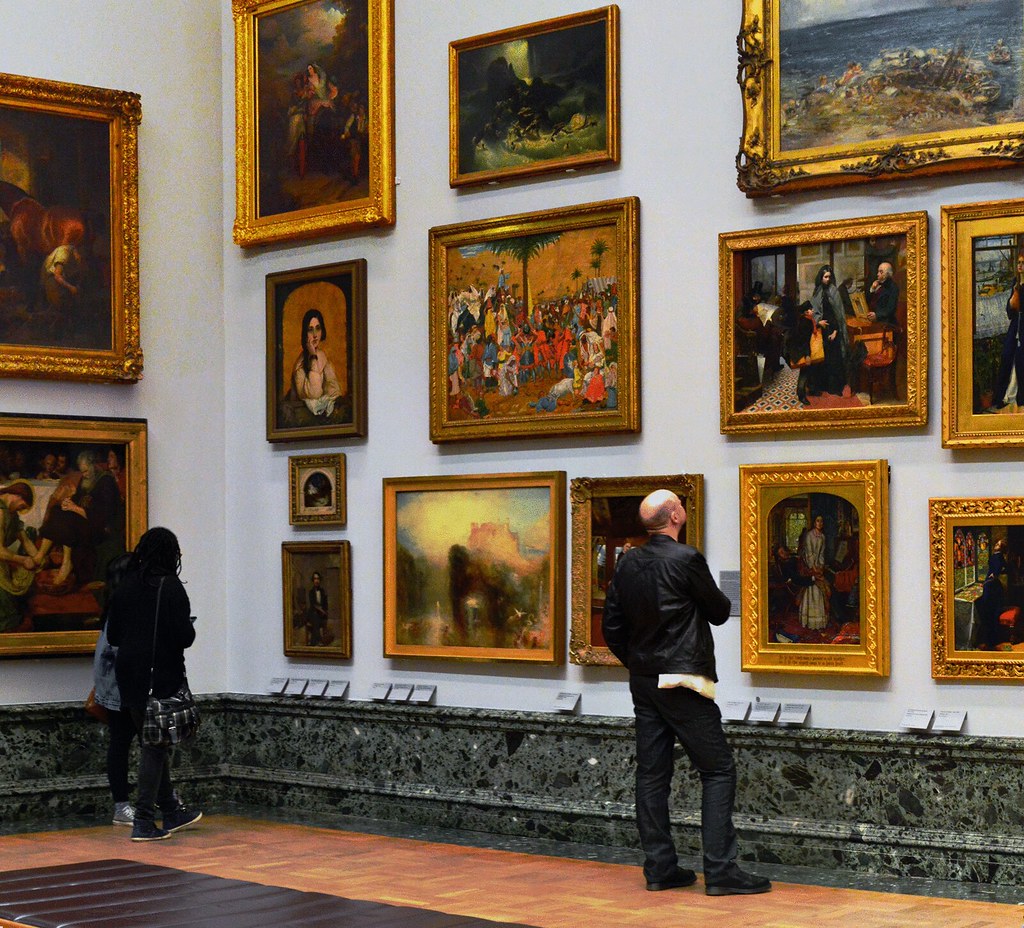 The Tate Britain gallery has a large selection of British art through history from the 1800’s to present and work from artists such as Francis Bacon, Henry Moore, and Wolfgang Tillmans.
The Tate Britain gallery has a large selection of British art through history from the 1800’s to present and work from artists such as Francis Bacon, Henry Moore, and Wolfgang Tillmans.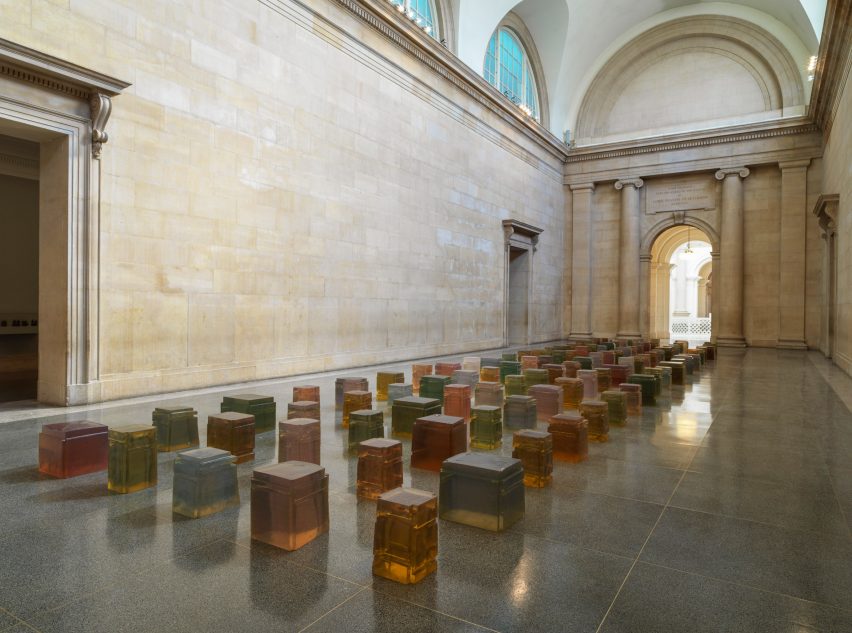 Tate Britain had an exhibition on of Rachel Whiteread’s oeuvre and a selection of work chosen by Whiteread from the Tate collection. I felt the work chosen was corresponding to Whiteread’s own aesthetic with the everyday object-based work of Barry Flanagan’s Rope or Sarah Lucas’ Beyond The Pleasure Principle as well as the rawness of material with Rebecca Warren’s Log Lady in unfired clay and Lynda Bengils’ Quartered Meteor in lead. One of the selected pieces was mounted on a large space of wall in solitude which felt very out of place and on first glance I dismissed it as it looked like some twee fairy tale painting from the 1800’s but on closer inspection I saw it was Richard Dadd’s The Fairy Feller’s Master-Stroke which I knew was made in an asylum he was sent to after he became insane and murdered his father. It’s a fascinating piece with exquisite detailing on such a small scale [540x394mm].
Tate Britain had an exhibition on of Rachel Whiteread’s oeuvre and a selection of work chosen by Whiteread from the Tate collection. I felt the work chosen was corresponding to Whiteread’s own aesthetic with the everyday object-based work of Barry Flanagan’s Rope or Sarah Lucas’ Beyond The Pleasure Principle as well as the rawness of material with Rebecca Warren’s Log Lady in unfired clay and Lynda Bengils’ Quartered Meteor in lead. One of the selected pieces was mounted on a large space of wall in solitude which felt very out of place and on first glance I dismissed it as it looked like some twee fairy tale painting from the 1800’s but on closer inspection I saw it was Richard Dadd’s The Fairy Feller’s Master-Stroke which I knew was made in an asylum he was sent to after he became insane and murdered his father. It’s a fascinating piece with exquisite detailing on such a small scale [540x394mm].